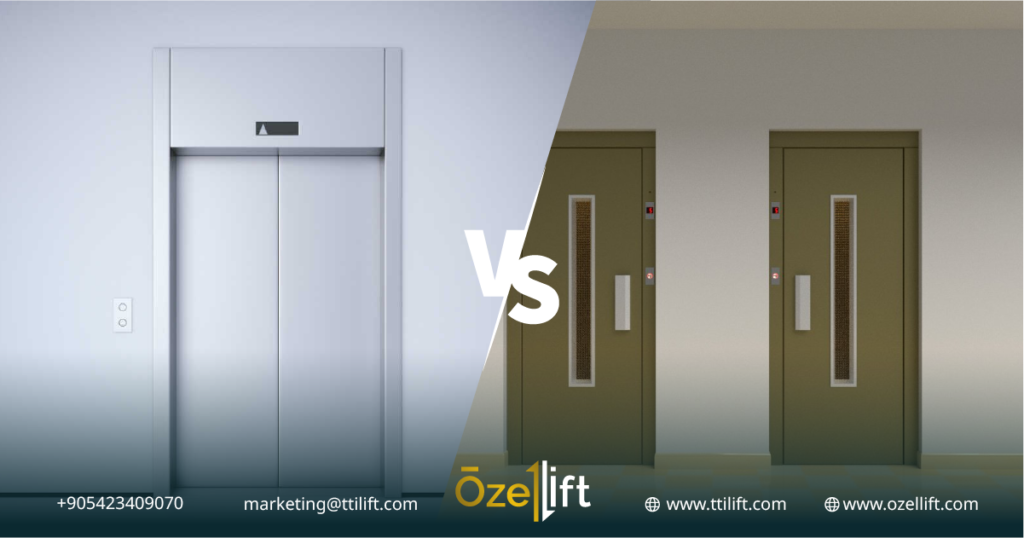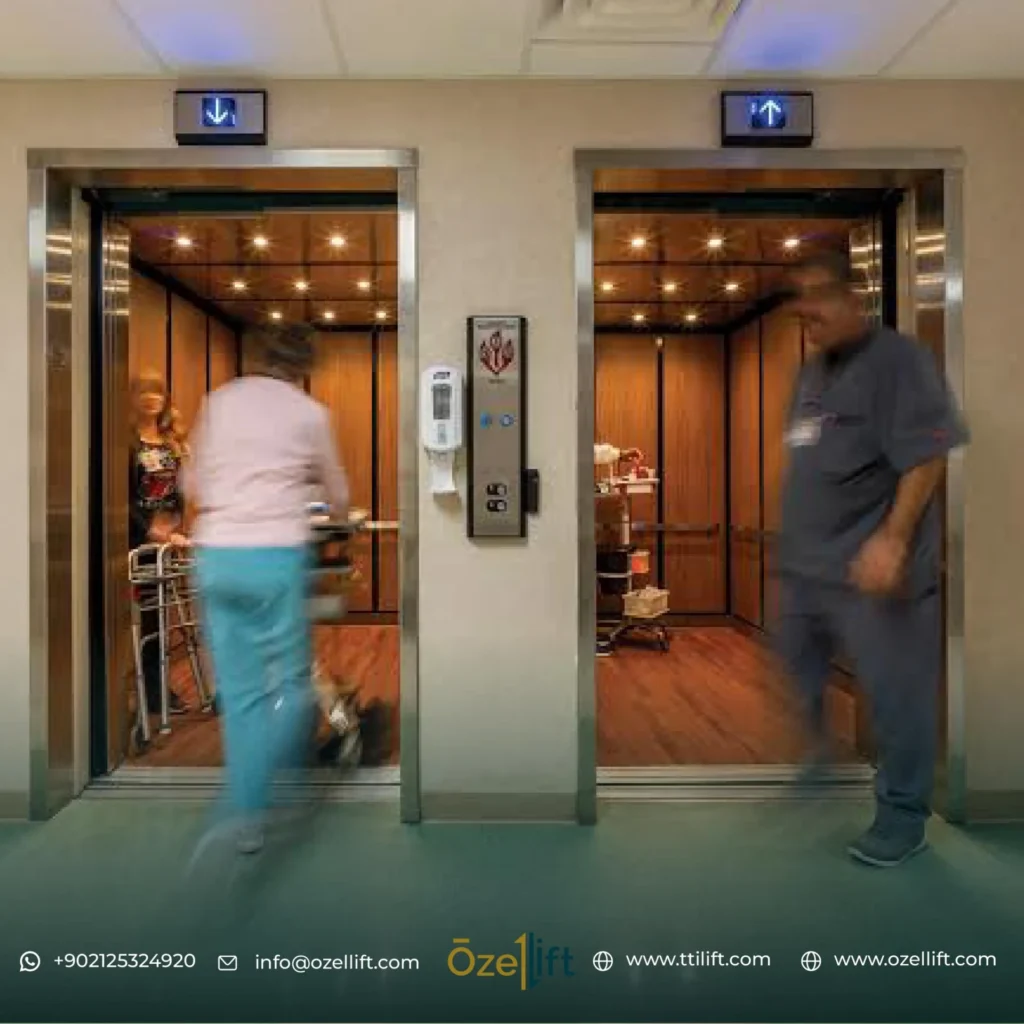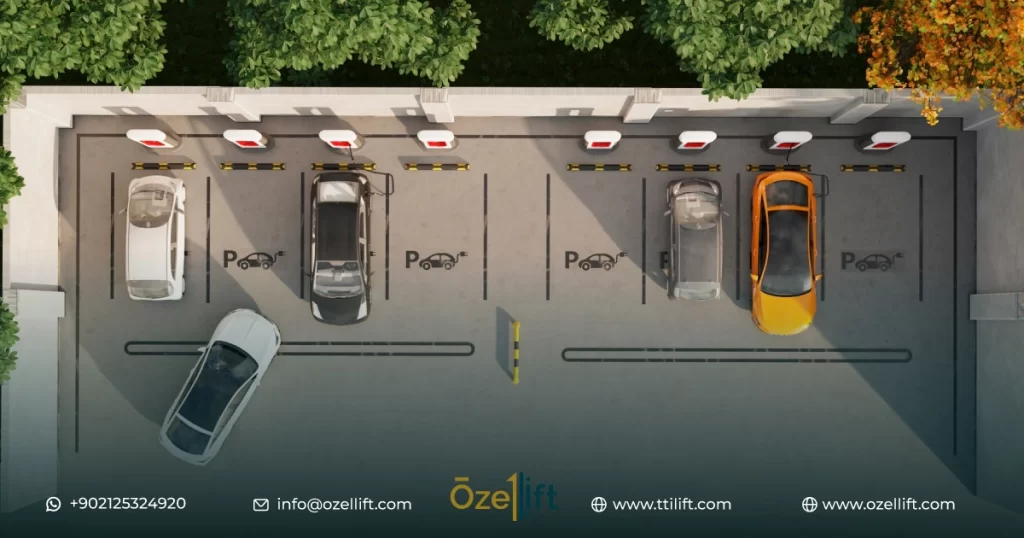In today’s high-rise buildings, elevators play a vital role in keeping people and goods moving efficiently. But have you ever considered the different options for elevator doors? This article dives deep into the world of automatic and semi-automatic elevator doors, highlighting their key distinctions to help you choose the best fit for your building’s needs. We’ll explore the differences in operation, user experience, and safety features three times over, ensuring a clear understanding of each type.
Understanding Elevator Doors: automatic door elevator vs. Semi-automatic door elevator
Choosing the right elevator door for your building goes beyond aesthetics. Automatic doors, with their sensor-triggered opening and closing, offer ultimate convenience and accessibility. Semi-automatic doors, on the other hand, require passenger action via buttons. This difference in operation directly impacts user experience and safety features. We’ll delve deeper into these distinctions to help you make an informed decision.
Ready to elevate your building’s experience? Contact OzelLift today for a free consultation on the best automatic or semi-automatic elevator doors for your needs.
difference between automatic elevator and semi automatic elevators – Key Differences
While both automatic and semi-automatic elevator doors serve the same purpose – securing the elevator shaft – their operation and user experience differ significantly. Here’s a breakdown of the key distinctions:
Door Operation
automatic door elevator rely on technology like sensors, timers, or a combination of both to trigger opening and closing. Users simply approach the elevator, and the doors activate automatically. Semi-automatic doors, on the other hand, require passenger intervention. Passengers need to press a button or activate a sensor (often a pressure plate) for the doors to open.
User Experience
automatic door elevator provide a more seamless and user-friendly experience. This is particularly beneficial for people with disabilities, those carrying packages, or managing small children. Passengers don’t need to worry about fumbling for buttons or struggling with heavy doors. Semi-automatic doors require more active participation from passengers, potentially causing delays or inconvenience.
Safety Features
automatic door elevator often come equipped with additional safety features. Built-in sensors prevent the doors from closing on a person or object, reducing the risk of accidents. Semi-automatic doors may lack such advanced safety features, relying solely on passenger awareness and caution.
Know more about
elevator door types
passenger elevator types
Advantages and Disadvantages of automatic and semi automatic lift
The advantages and Disadvantages: automatic elevator vs. Semi-Automatic Elevator Doors is:
Automatic lift Advantages
- Convenience: Passengers simply approach the elevator and the doors open automatically, offering a seamless experience.
- Accessibility: Ideal for people with disabilities, those carrying packages, or managing small children. No need to fumble for buttons or struggle with heavy doors.
- Safety: Often equipped with sensors that prevent closing on a person or object, reducing accident risks.
Automatic lift Disadvantages
- Cost: Automatic elevator doors typically have a higher initial installation cost compared to semi-automatic options.
- Energy Consumption: Frequent opening and closing cycles can potentially lead to higher energy use.
semi automatic lift Advantages
- Cost: Lower initial installation cost compared to automatic doors.
- Energy Efficiency: Can be slightly more energy-efficient due to less frequent automatic door cycles.
semi automatic lift Disadvantages
- User Experience: Requires passenger action to open the doors, which can be inconvenient or cause delays, especially during high traffic.
- Accessibility: Less user-friendly for people with disabilities or those carrying objects.
- Safety: May lack advanced safety features like automatic re-opening sensors, potentially posing a higher safety risk.
Don’t settle for anything less than the perfect elevator solution. Call OzelLift now and speak to our experts about installing the ideal automatic or semi-automatic elevator doors in your building.
Choosing the Right Option for Your Building:
Choosing the Right Option for Your Building: Automatic vs. Semi-Automatic Elevator Doors
Knowing the key differences and advantages of automatic and semi-automatic elevator doors is just the first step. Now it’s time to translate that knowledge into selecting the ideal option for your specific building. Here are some key factors to consider:
- Building Type: High-traffic buildings like office complexes or hospitals might benefit more from the convenience and accessibility of automatic doors. Conversely, low-rise residential buildings with minimal traffic could find semi-automatic doors sufficient.
- Budget: Automatic doors typically have a higher initial cost. Consider your budget constraints and weigh the long-term benefits of convenience and safety against the upfront investment.
- Accessibility Needs: If your building caters to people with disabilities, the ease of use offered by automatic doors becomes a crucial factor.
- Desired Level of Traffic Flow: Automatic doors promote a smoother flow, especially during peak hours.
Remember, OzelLift offers a comprehensive range of both automatic and semi-automatic elevator doors. Our expert team can help you assess your building’s needs and recommend the most suitable option. Contact us today for a free consultation and discover how OzelLift can elevate your building’s experience!
Know more about
Electric Traction Elevator Systems
geared and gearless traction elevator
Conclusion
Choosing between automatic and semi-automatic elevator doors is a crucial decision that impacts your building’s functionality, accessibility, and safety. By understanding the key differences, advantages, and disadvantages explored in this article, you’re well-equipped to make an informed choice.
Remember, the ideal option depends on your specific needs. OzelLift, your trusted elevator partner, is here to help. We offer a wide range of both automatic and semi-automatic elevator doors, backed by expert advice and exceptional service. Don’t hesitate to contact OzelLift today for a free consultation. Let us help you find the perfect elevator solution to elevate your building’s experience for years to come!
Upgrade your building with the latest technology and safety features. Contact OzelLift to discuss automatic or semi-automatic elevator doors and find the perfect fit for your project.
Are automatic elevators more expensive than semi-automatic ones?
Yes, automatic doors typically have a higher initial installation cost.
Which option is more energy-efficient?
Semi-automatic doors may use slightly less energy due to less frequent automatic cycles.
Are automatic doors safer than semi-automatic doors?
Yes, automatic doors often have built-in sensors for added safety features.
Is one option better for buildings with disabilities access?
Automatic doors are more user-friendly for people with disabilities.



